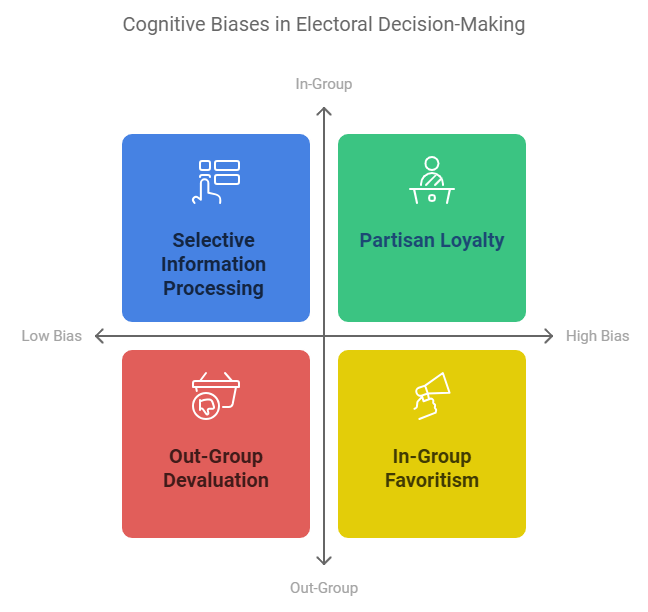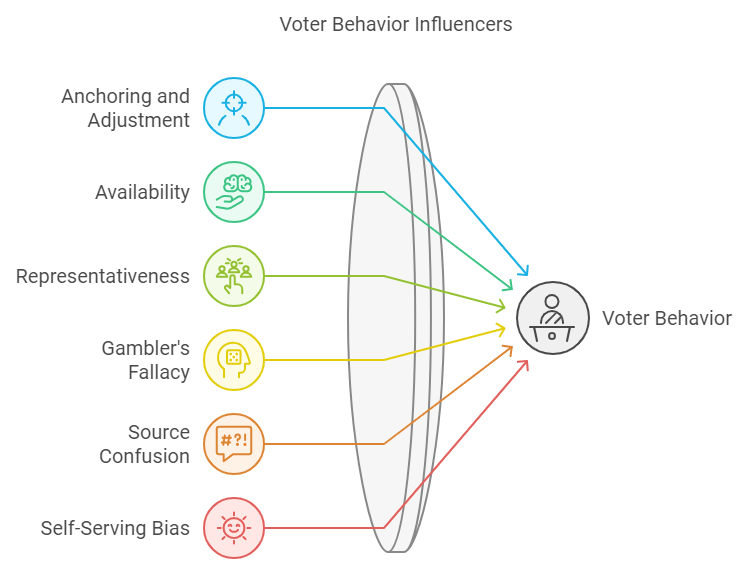Navigating the Technological Transformation of Politics
The digital age has ushered in a new era where technology and democracy are deeply intertwined. Technological advancements have revolutionized democratic processes, making political participation more accessible through social media and digital platforms. While these tools have the potential to enhance civic engagement, they also introduce challenges such as misinformation, privacy concerns, and the creation of echo chambers that can undermine democratic values.

An illustrated book cover titled ″Technology and Democracy: Navigating the Digital Transformation of Politics″ depicting futuristic figures discussing the intersection of politics and digital technology
DOWNLOAD THIS EBOOK FREE
1. Introduction: The Digital Age and its Influence on Democracy
- Impact of Digital Technology on Democratic Processes
- Opportunities and challenges posed by digital transformation.
- Necessity for evolving the definition of democracy.
- The Ethical Foundations of Democracy in the Digital Era
- A “thick” conception of democracy (justice, equality, and solidarity).
- Threats posed by misinformation, polarization, and erosion of trust.
2. Social Media and Democracy: A Complex Relationship
- A. Dual Nature of Social Media
- Social media as a tool for political mobilization and grassroots movements.
- Risks of polarization, misinformation, and public dissatisfaction.
- B. The Erosion of the Informational Bedrock of Democracy
- Impact of echo chambers and personalization algorithms.
- Fragmentation of public opinion and societal discourse.
- C. Specific Risks to Democracy from Digital Platforms
- Disinformation, surveillance, microtargeting, and content moderation challenges.
3. Big Tech’s Growing Influence on Democracy
- A. Sphere Transgressions
- The expansion of Big Tech into non-traditional sectors like healthcare and finance.
- Privacy concerns and the blending of public and private interests.
- B. Concentration of Power
- The centralization of digital infrastructure and control of public discourse.
- Impact on competition, democracy, and public trust.
4. Challenges to Public Management in the Digital Age
- A. Shifting Governance Models
- Evolution from traditional models to digital-centric governance.
- Integrating AI, big data, and blockchain into public administration.
- B. Key Areas of Concern
- Protecting information integrity, managing social media’s impact, balancing civil liberties, and addressing algorithmic personalization.
- C. Building Resilient Public Institutions
- Importance of adaptability, innovation, and cybersecurity in public governance.
5. Policy Recommendations for Navigating Digital Democracy
- A. Promoting a “Thick” Conception of Democracy
- Embedding ethical considerations and social values into digital policies.
- Ensuring transparency, accountability, and inclusivity in technology.
- B. Strengthening Democratic Resilience
- Fostering active citizenship, enhancing public education, and implementing ethical frameworks for AI and other technologies.
- C. Specific Policy Areas for Intervention
- Data governance, algorithmic accountability, competition policy, and privacy protection.
6. Conclusion: Charting a Resilient Path for Democracy
- The Need for a Human-Centric Approach to Digital Governance
- Fostering collaboration among governments, civil society, and tech companies.
- Importance of digital literacy, ethical AI deployment, and regulatory frameworks.







